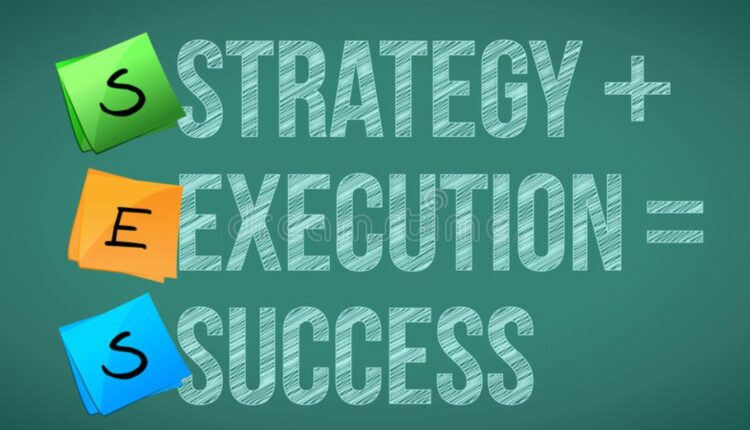Effective execution in project management is about more than seeing projects delivered on time and within budget. It’s also about helping your organization keep up with rapidly changing business demands.
Change is a constant that PMOs and project managers should be prepared for, so it doesn’t hinder execution and delivery. Even perfect plans can change during the execution phase when progress is made and performance is measured.
One way to thrive during a change in the project execution phase is by supporting new ways of collaboration. That way, you can empower teams to deliver work that drives business value.
Execution refers to the specific set of techniques and behaviors which project managers must consider having a competitive advantage. Project execution is the phase where you are supposed to design your deliverables so that you can present them to the key stakeholders or customers. It’s the longest phase which is usually demanding.

Tips for Successful Business Management Execution
The following strategies can assist you in promoting a successful project management execution best practice that you may be yearning for.
1. Choose The Right Team
One of the most vital project management strategies for successful execution is to assemble the perfect team. Not everyone will be a great fit for every project, so you need to choose wisely. Each team member should be chosen for the skills and expertise that they can bring to the project. Keep in mind the project needs and gather a team of people who can align with the specific project requirements.
Learn More: 5 Ways To Finding The Right Business Mentor 2023
2. Communication Management
The top project management leaders also need the efforts of other people. Thus, they should be able to communicate effectively with the project managers, program managers, and sponsors on the things they wish to do during this phase. They should not forget to tell them why they want those things to be done.
This is why concise and clear communication is required. However, if you have a well-defined project, you can easily get all the input that is required from your stakeholders and team. Also, the team can have a thorough understanding of how their work and knowledge can contribute to the success of the project execution if you are able to explain to them the vision behind your strategic decisions.
3. Updating Your Client Regularly About The Status Of The Project
For your project management to be successful, you should be able to update your client regularly on everything that you have done in executing the project. This can ensure your client remains happy and appreciated. In this practice, the project team should be on track and never omit anything. As a project leader, you should not only conduct regular updates to the client but also to the entire team.
As you do this you can also assist your clients on testing depending on the level of the project which has been delivered since some may wish to test what you have done. Since testing is the last phase of the project, you should ensure that the project deliverables meet the expectations of your customer.
Also, see Top 10 Profitable Business Ideas You Can Start In 2023
4. Conducting Quality Assurance
The aim of this process in executing your project management is to evaluate procedures, plans, analyses, and processes in order for you to complete your project management according to your project specifications. The vital thing you should pay attention to is the quality of the deliverables. In this case, both the project team and project manager must be able to manage all important resources and contractors to make sure the project is completed according to the specifications. To achieve this, you must consistently monitor the project status, potential risks, potential requirements, and quality assurance that is associated with your project.
To properly implement this strategy, you can hold regular meetings to hold your team members accountable, document actionable items, and strengthen any agreements.
5. Manage The Project’s Task In Spirit
You can do what the members of a parallel agile team do. In that team, everyone’s job changes per sprint (the short, time-boxed period when a team works to complete a set amount of work). For example, in one sprint, everyone will write code and then in the next sprint, everyone will be testing it.
And yes, not all employees working on a common project will have the same skills and abilities to do that. However, you still borrow the idea and adjust it to the project. Time management is essential for each project, so setting up specific times for different activities and tasks that need to be completed in a day is a smart thing to do just allow enough time for each and don’t let them interfere with each other.
Also, see Free Business Plan Template 2023
Conclusion
Free up employees involved in the project from some of their usual tasks. Put pressure on the process, not on the people.
Each project represents a change. Always keep your employees posted on the project’s progress, expected benefits, and potential problems.
Don’t rush into things. The more time you spend developing and planning the project, the more likely you are to be successful.

